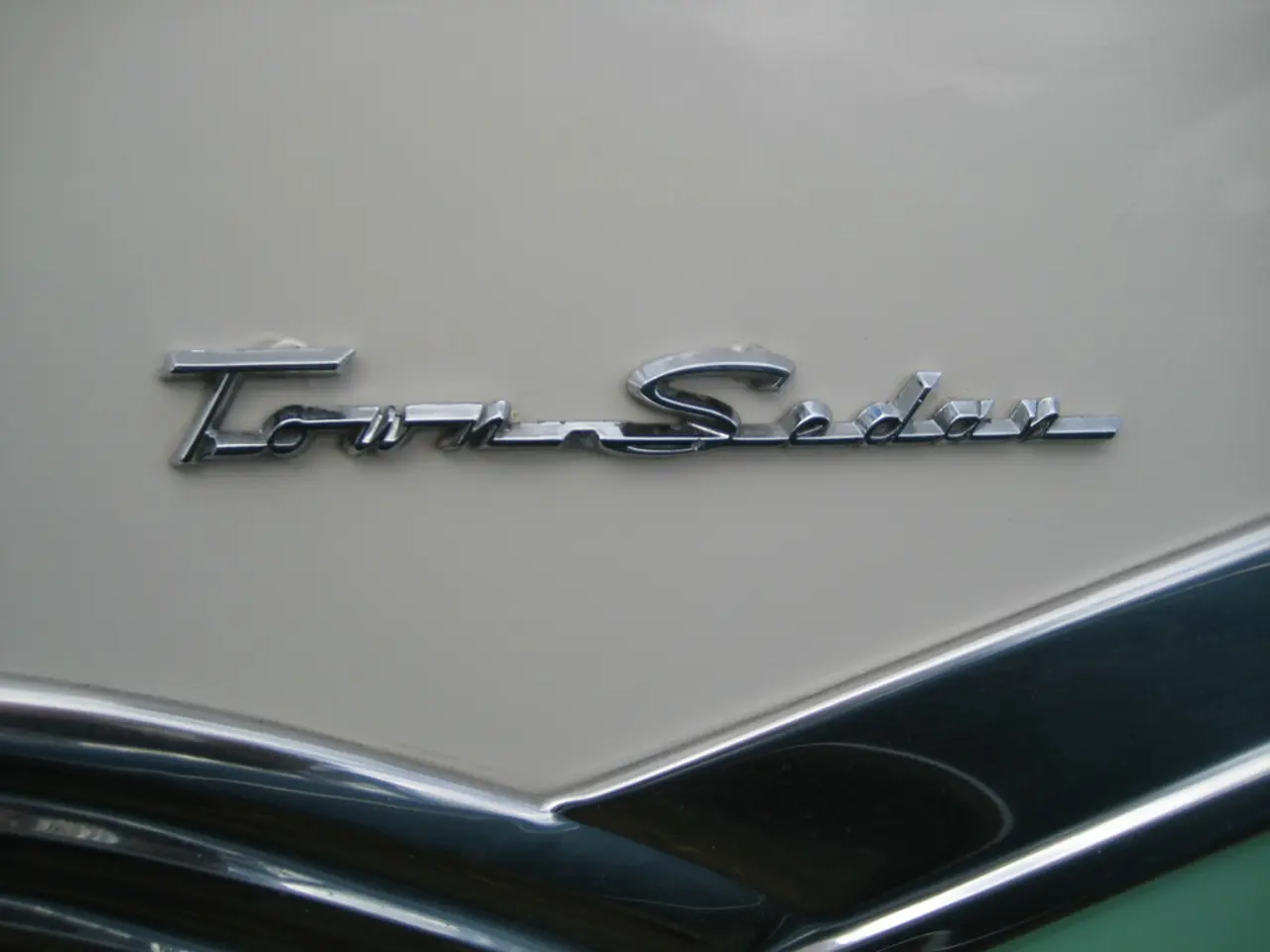EU Tire Rating: Insight into Fuel Efficiency
In an effort to promote sustainable and safe driving, a new EU regulation came into force on May 1, 2021. This regulation aims to provide standardized information on tire energy efficiency, wet grip, and external rolling noise, helping consumers make informed purchasing decisions.
The EU tire label offers several key pieces of information. The wet grip of the tire is evaluated and can be found on the right above the label, represented by a tire with a rain cloud and a water droplet. A higher rating means better grip on wet roads, potentially shortening the braking distance by up to 18 meters in a full braking maneuver with a passenger car starting at a speed of 80 km/h.
The tire's rolling resistance, which impacts fuel efficiency, is located on the left above the EU tire label and is represented by a tire with a spout. Improved rolling resistance can lead to a fuel saving of up to 7.5 percent.
The label also provides information on the tire's grip on snow and ice. If the label contains the Alpine symbol, the tire has been tested for winter conditions with defined braking and traction power on a packed snow surface compared to a reference tire.
The properties of the tires are divided into categories from A to E for both rolling resistance and wet grip, with A being the best and E being the worst. It's important to note that the tests for the EU tire labels are criticized for being non-uniform and carried out by the manufacturers themselves.
Critics claim that the tire labeling thus significantly loses reliability, as consumers cannot fully rely on the information provided by the manufacturer. Important performance factors such as dry grip, lifespan, or driving stability are not considered in the tire labeling.
The strength of the external noise of the tire is represented on the EU tire label by the symbol of a tire and a loudspeaker symbol. A categorization is made for external rolling noise on the label in letters: A, B, and C, with A being the quietest and C being the loudest.
The tire label is not limited to tires used in all regions. Another symbol, a triangle with a mountain silhouette, is intended only for Northern Europe and is about a special rubber compound, so-called soft compounds, for use on icy roads.
Despite the criticisms, the EU tire label offers a valuable resource for consumers, providing clear and standardized information to help make informed decisions when purchasing tires. However, it's always recommended to consider additional factors such as tire lifespan, dry grip, and driving stability when selecting the right tire for your vehicle.
Read also:
- Peptide YY (PYY): Exploring its Role in Appetite Suppression, Intestinal Health, and Cognitive Links
- Toddler Health: Rotavirus Signs, Origins, and Potential Complications
- Digestive issues and heart discomfort: Root causes and associated health conditions
- House Infernos: Deadly Hazards Surpassing the Flames








